40 what are trans fats called on labels
What Are Trans Fats? Food Sources, Decoding Labels - WebMD 16 Aug 2022 — Based on a review of the scientific evidence, the FDA no longer recognizes trans fat that comes from partially hydrogenated oils as GRAS ( ... Trans Fat | FDA - U.S. Food and Drug Administration Most of the trans fat in the foods we eat is formed through a manufacturing process that adds hydrogen to vegetable oil, which converts the liquid into a solid fat at room temperature. This process...
Trans Fats: The Truth in Labeling | Atkins The only- repeat, only- way to tell whether a product contains trans fats is to read the list of ingredients. If you see the words "partially hydrogenated" there, the product contains trans fats. There are no exceptions. Any product that has partially hydrogenated oil as an ingredient contains trans fats, regardless of what the label hype says.
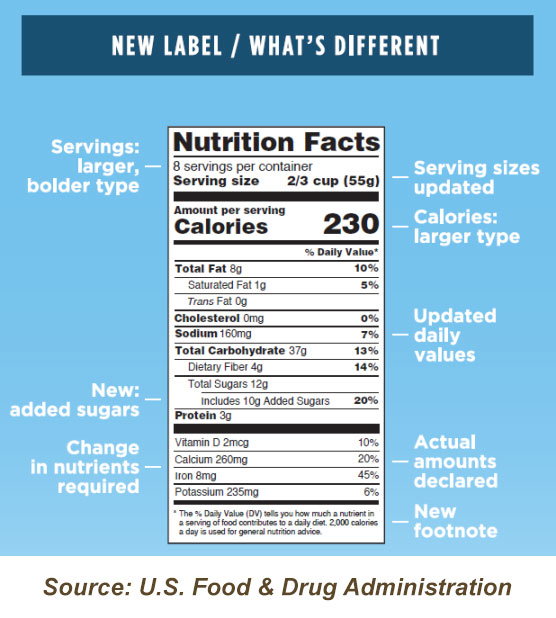
What are trans fats called on labels
Trans Fats | Science News Trans fats contain a type of unsaturated fatty acid that didn't raise much of a health alarm until the past decade. Their name refers to a feature of their bonds. At the location of each double... Small Entity Compliance Guide: Trans Fatty Acids in Nutrition Labeling ... Trans fatty acids should be listed as " Trans fat" or " Trans " on a separate line under the listing of saturated fat in the nutrition label. Trans fat content must be expressed as grams per... Trans Fats | American Heart Association Artificial trans fats (or trans fatty acids) are created in an industrial process that adds hydrogen to liquid vegetable oils to make them more solid. The primary dietary source for trans fats in processed food is "partially hydrogenated oils." Look for them on the ingredient list on food packages.
What are trans fats called on labels. Nutrition: Trans fat - World Health Organization Approximately 540,000 deaths each year can be attributed to intake of industrially produced trans-fatty acids. 1 High trans fat intake increases the risk of death from any cause by 34%, coronary heart disease deaths by 28%, and coronary heart disease by 21%. 2 This is likely due to the effect on lipid levels: trans fat increases LDL ("bad") cholesterol levels while lowering HDL ("good ... Trans Fatty Acids Reading Answers - collegedunia.com A recent editorial in the British Medical Journal (BMJ), written by researchers from the University of Oxford has called for food labels to list trans fats as well as cholesterol and saturated fat. Trans fats (or trans fatty acids) are a type of unsaturated fatty acid. They occur naturally in small amounts in food produced from ruminant animals ... How do I know if food contains trans fat? - Sharecare A food label that indicates 0 trans fats means the product has less than .5 grams of trans fat per serving. Watch your portion size of foods that have partially ... What Are Trans Fats and Why Are They So Bad? - The Beachbody Blog The bad news is that the labels aren't foolproof. Loopholes in government regulations mean that trans fat can still be in foods with a Nutrition Facts label that claims 0 g trans fat. That's because manufacturers are allowed to round amounts down, so a food that has 0.49 g trans fats per serving would say 0 g trans fats on the label.
Fatty acid - Wikipedia Fatty acids are classified in many ways: by length, by saturation vs unsaturation, by even vs odd carbon content, and by linear vs branched. Length of fatty acids. Short-chain fatty acids (SCFA) are fatty acids with aliphatic tails of five or fewer carbons (e.g. butyric acid).; Medium-chain fatty acids (MCFA) are fatty acids with aliphatic tails of 6 to 12 carbons, which can form medium … Trans Fat Data to Be Added to Food Labels - The New York Times In 1994, the center called on the F.D.A. to add trans fats to the nutrition label. Five years later, the agency agreed, but postponed the change until it had considered the Institute of Medicine ... Trans fat in food - Language selection | Food Safety Trans fat or trans fats are also called trans fatty acids. Trans fats are a particular type of unsaturated fatty acids. In Regulation (EU) No 1169/2011 ... Dietary fats explained: MedlinePlus Medical Encyclopedia 13.07.2020 · Trans fatty acids are unhealthy fats that form when vegetable oil goes through a process called hydrogenation. This leads the fat to harden and become solid at room temperature. Hydrogenated fats, or "trans fats," are often used to keep some foods fresh for a long time. Trans fats are also used for cooking in some restaurants. They can raise ...
What Are Fats? | Cardiac College - Health e-University We can only get these fats by eating them. These fats are called “essential” fats because it is essential that we get them from food. Essential fats include Omega-3 fats (found in foods such as fish and flax seed) and Omega-6 fats (found in foods such as nuts, seeds, and corn oil). There are three main types of fat in the foods you eat: Know the facts about fats - Harvard Health 19.04.2021 · Two types of fats. To understand the role fats play in a healthy diet, you have to look closer at the two types of dietary fats: saturated and unsaturated. (A third kind, trans fats, have been all but eliminated from U.S. foods.) Saturated. This is the so-called "bad" fat. It's primarily found in animal products like beef, pork, and high-fat ... Do You Know this Trick for Spotting Hidden Trans Fat? “Trans fats are a form of artificially saturated, hydrogenated or partially hydrogenated fat typically made from vegetable oil. Making them is an involved, ... Easy Way to Tell if Food Has Trans Fats; Don't Trust Labels Take the time to read every word! If the ingredients list contains the following items, the food has trans fats: "Partially hydrogenated" or just "hydrogenated.". But if it says "fully" or "completely" hydrogenated, it doesn't contain trans fat. If it only says "hydrogenated," you don't know if it's fully or partially ...
trans fats - North Carolina State University Food and Drug Administrion News Release, July 9, 2003 " Under the new FDA regulations, by Jan. 1, 2006, consumers will be able to find trans fat listed on food nutrition labels directly under the line for saturated fat. The new information is the first significant change on the Nutrition Facts panel since it was established in 1993."
All About Dietary Fats and Why Your Diet Needs Them Sep 13, 2021 · Saturated fats: Saturated fats are solid at room temperature. Although experts long thought that saturated fat increased the risk for heart disease, a June 2018 study in the BMJ highlights the lack of evidence that concludes saturated fat increases the risk of heart disease — on the flip side, there's more solid evidence that replacing saturated fat with polyunsaturated fat can reduce the ...
IELTSDATA READING PASSAGE 52-Trans Fatty Acids A recent editorial in the British Medical Journal (BMJ), written by researchers from the University of Oxford has called for food label to list trans fats as well as cholesterol and saturated fat. Trans fats (or trans fatty acids) are a type of unsaturated fatty acid. They occur naturally in small amounts in food produced from ruminant animals ...
Ask the Expert: Concerns about canola oil - The Nutrition Source 13.04.2015 · The table below summarizes the content of trans-fatty acids found in a number of oils. [4] In both canola oil and soybean oil, trans-isomers of linoleic acid have been found to account for 0.2-1.0% of total fatty acids, while trans-isomers of linolenic acid may total as much as 3%. [5] Linolenic acid isomerizes with heat about 12-15 times ...
7 Foods That Still Contain Trans Fats - Healthline Trans fats are a form of unsaturated fat, which can be classified as either natural or artificial. Natural trans fats are formed by bacteria in the stomachs of cattle, sheep, and goats. Beef, lamb,...
3 Types of Foods High in Saturated Fat - Verywell Health Jul 27, 2022 · Paying attention to trans fats (also called "partially hydrogenated oils") is also important, since they decrease HDL ("good cholesterol") and, like saturated fats, also raise LDL, increasing your risk for heart disease. Trans fats are actually an unsaturated fat, and are categorized as monounsaturated or polyunsaturated.
F.D.A. Calls for Listing 'Stealth Fat' on Labels - The New York Times The regulation covering the fats, called trans fatty acids, or just trans fats, would be the first significant change in nutrition-facts labels since the agency began requiring them in 1993.
What Are Trans Fats, and Are They Bad for You? - Healthline Trans fats, or trans-fatty acids, are a form of unsaturated fat. They come in both natural and artificial forms. Natural, or ruminant, trans fats occur in the meat and dairy from ruminant animals,...
Consumer Updates | FDA - U.S. Food and Drug Administration Jul 28, 2022 · The site is secure. The https:// ensures that you are connecting to the official website and that any information you provide is encrypted and transmitted securely.
Trans Fats, Health and Nutritional Labeling of Foods Since 2006, food manufacturers have been required to include trans fat content information on the Nutrition Facts label on the packages. Currently, food manufacturers are allowed to make "trans free" or "no trans" claims if the amount of trans fat in the product is less than 0.5 g trans fat per serving.
Trans fat is double trouble for heart health - Mayo Clinic Unlike other dietary fats, trans fats — also called trans-fatty acids — raise "bad" cholesterol and also lowers "good" cholesterol. A diet laden with trans fats increases the risk of heart disease, the leading killer of adults. The more trans fats eaten, the greater the risk of heart and blood vessel disease.
Fats and Cholesterol - The Nutrition Source Fortunately, trans fats have been eliminated from many of these foods. Saturated fats, while not as harmful as trans fats, by comparison with unsaturated fats negatively impact health and are best consumed in moderation. Foods containing large amounts of saturated fat include red meat, butter, cheese, and ice cream. Some plant-based fats like coconut oil and palm oil are also …
Trans Fat Overview - North Carolina State University Therefore, consumers should be aware that just because they do not see trans fat on the label of the product, does not mean that the product is trans free Trans fat (also called trans fatty acids) is formed when liquid vegetable oils go through a chemical process called hydrogenation, in which hydrogen is added to make the oils more solid.
Frequently Asked Questions | Smart Balance® There are three key ways to avoid trans fats in spreads: 1) Lowering fat content to limit trans fats to less than one-half gram per serving, thereby qualifying to claim zero trans fat content per serving; 2) Full hydrogenation and interesterification, two separate chemical processes using heated oil with a metal catalyst, which saturate the fat with hydrogen so that trans fats can’t be ...
Processed foods: Health risks and what to avoid - Medical News … 14.05.2020 · Trans fats increase inflammation in the body. They also raise levels of low-density lipoprotein, or “bad,” cholesterol , and decrease levels of high-density lipoprotein, or “good ...
Trans fat - Wikipedia Trans fat, also called trans-unsaturated fatty acids, or trans fatty acids, is a type of unsaturated fat that naturally occurs in small amounts in meat and ...
Trans Fats | American Heart Association Artificial trans fats (or trans fatty acids) are created in an industrial process that adds hydrogen to liquid vegetable oils to make them more solid. The primary dietary source for trans fats in processed food is "partially hydrogenated oils." Look for them on the ingredient list on food packages.
Small Entity Compliance Guide: Trans Fatty Acids in Nutrition Labeling ... Trans fatty acids should be listed as " Trans fat" or " Trans " on a separate line under the listing of saturated fat in the nutrition label. Trans fat content must be expressed as grams per...
Trans Fats | Science News Trans fats contain a type of unsaturated fatty acid that didn't raise much of a health alarm until the past decade. Their name refers to a feature of their bonds. At the location of each double...

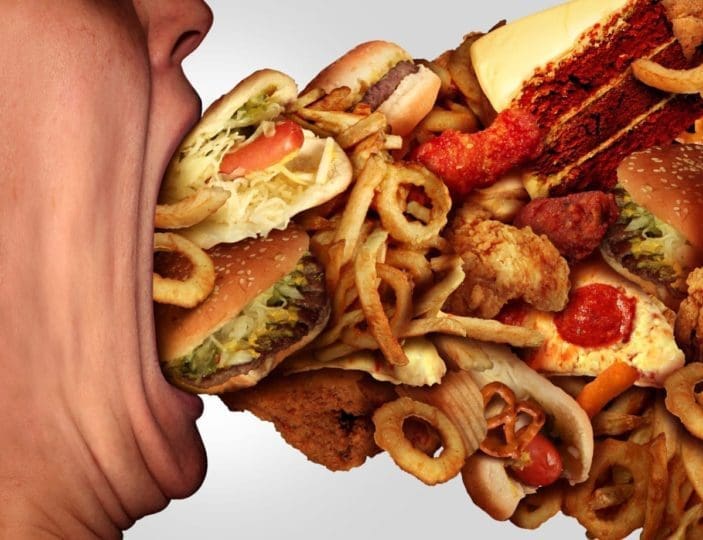
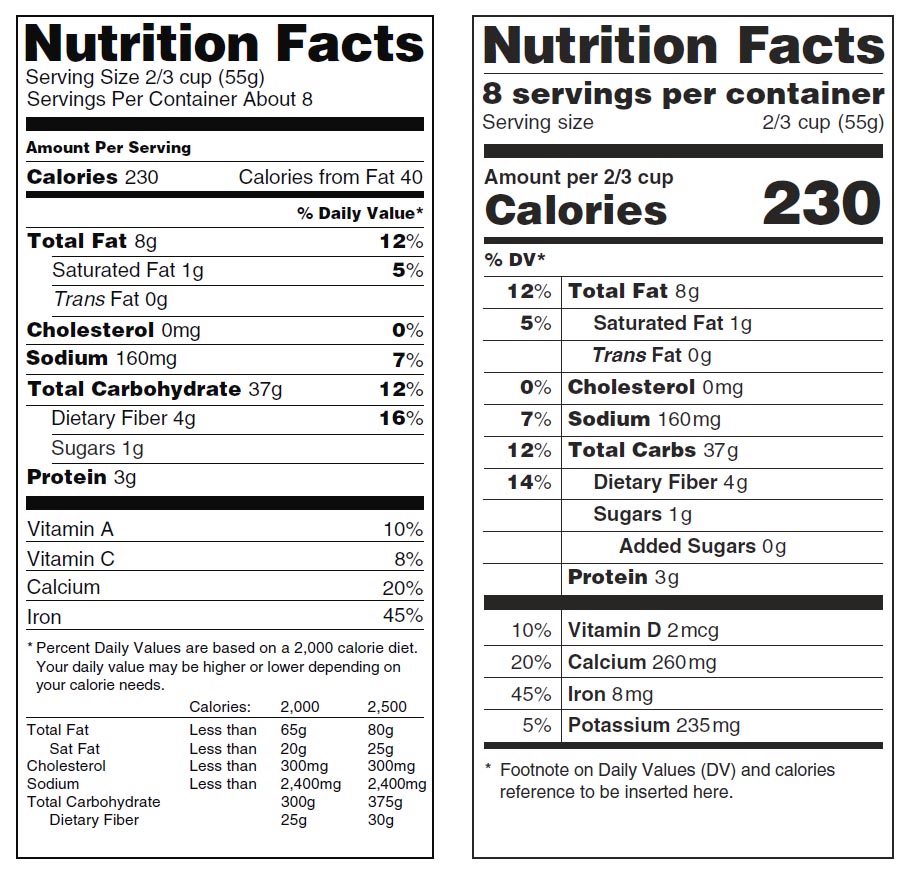


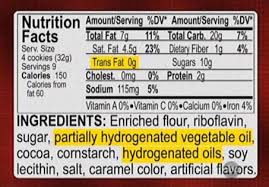

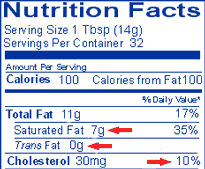







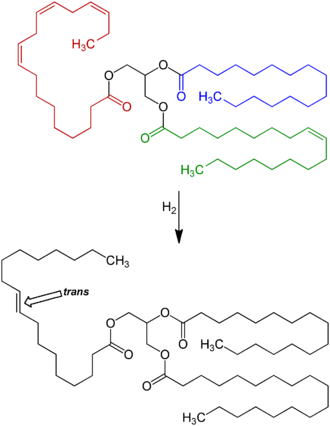

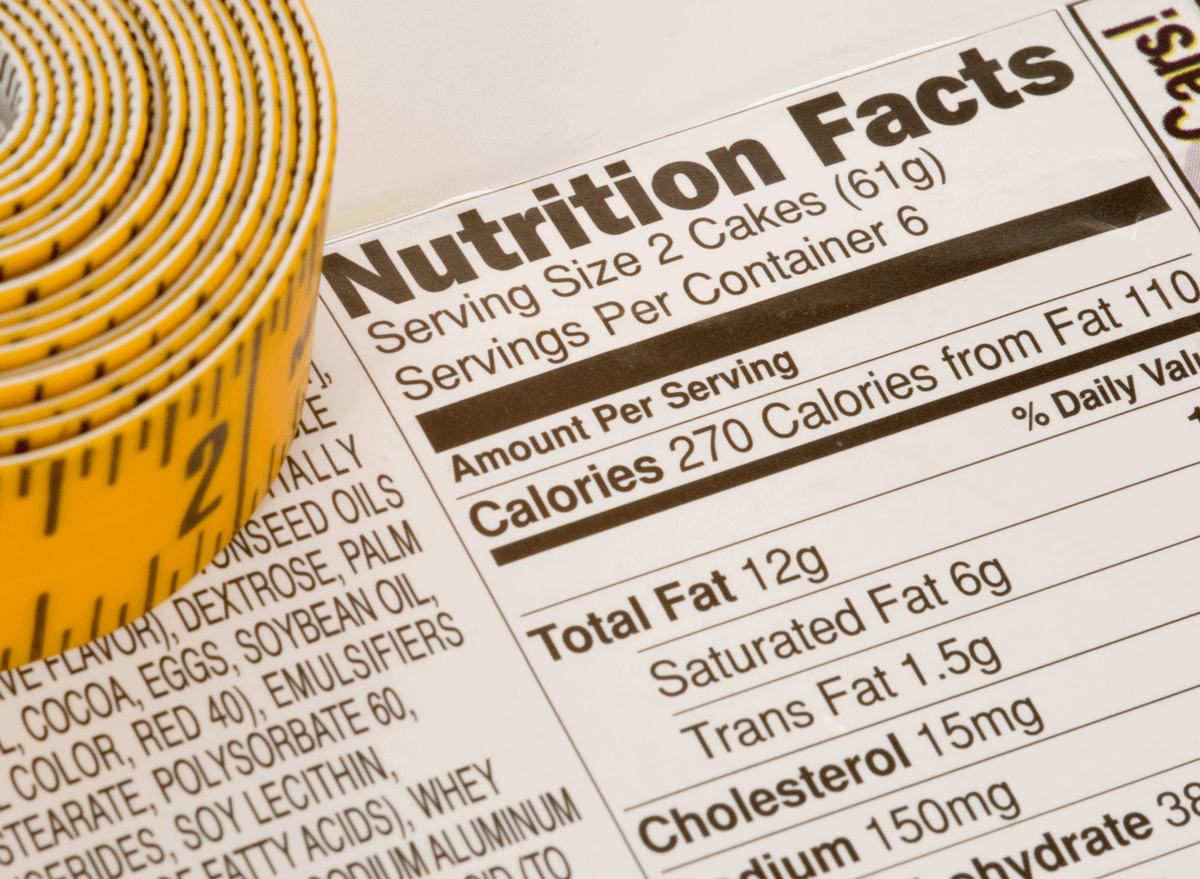
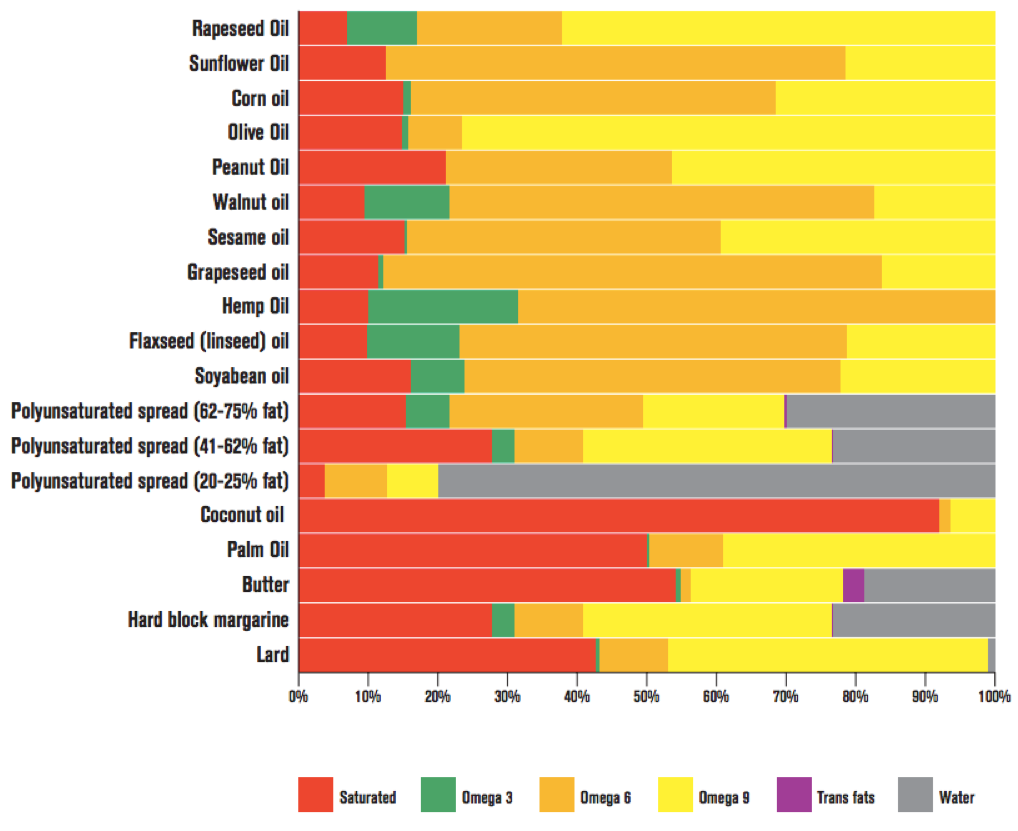
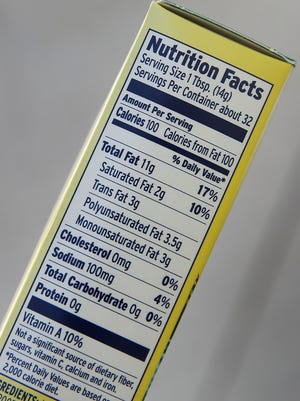
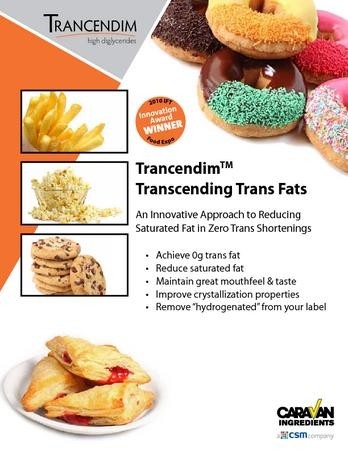
/GettyImages-962903776-7823f91ae3ff484699788f94b3a6cc92.jpg)

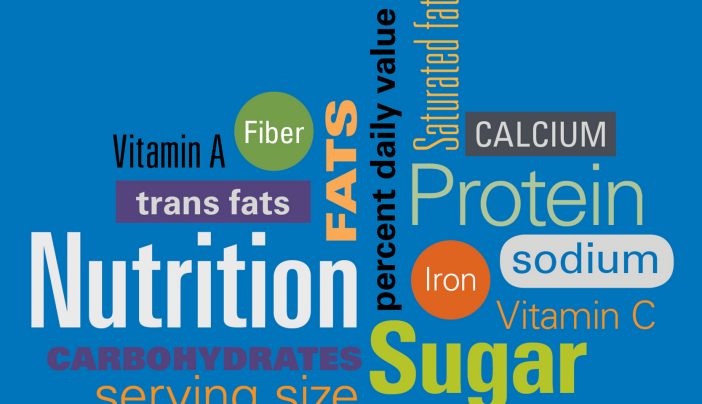

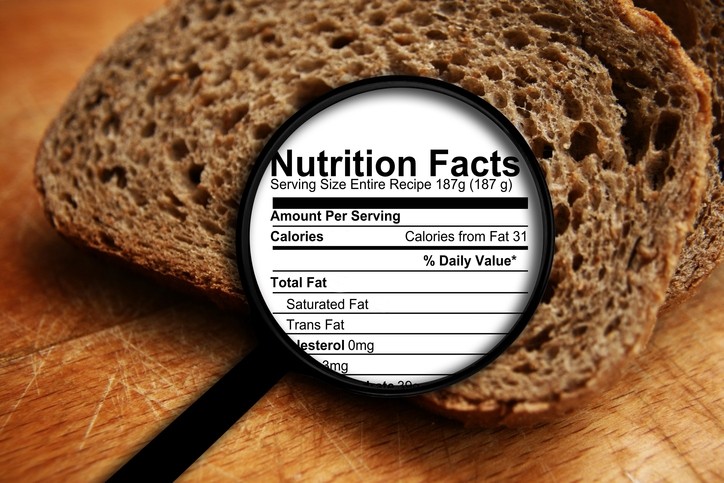





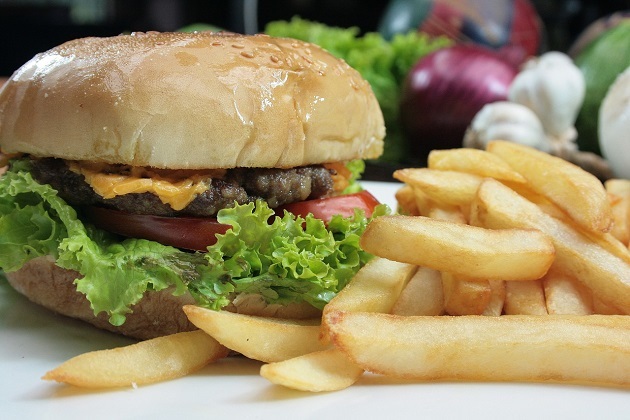


Post a Comment for "40 what are trans fats called on labels"